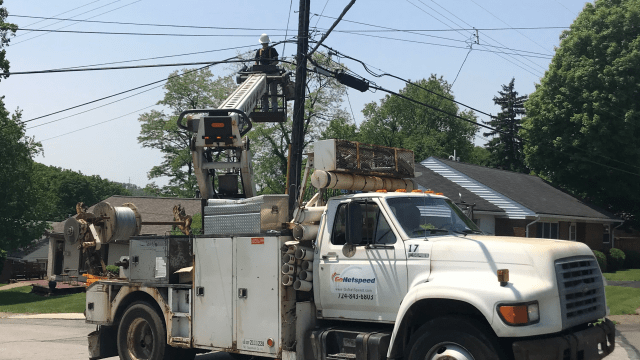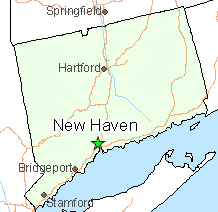 An attorney for Charter Communications revealed that company officials and New York telecom regulators were engaged in a “productive dialogue” over how to resolve the state’s dispute with the cable operator.
An attorney for Charter Communications revealed that company officials and New York telecom regulators were engaged in a “productive dialogue” over how to resolve the state’s dispute with the cable operator.
In written requests to extend the deadlines for a rehearing of the decision to revoke Charter’s merger with Time Warner Cable and file an “exit plan” to leave New York State, Helmer revealed the two sides were engaged in substantial talks to resolve their differences.
“Good cause exists to further extend the deadlines [….],” wrote Maureen O. Helmer, counsel for Charter Communications. “Charter and the Department [of Public Service] have been involved over the past few weeks in productive dialogue regarding the July Orders as well as the related special proceeding initiated by the Commission in the Supreme Court.”
Helmer added that Charter has been “assembling additional information” about its criticized rural broadband expansion program for review by the Public Service Commission, which decided in late July to evict Charter/Spectrum from New York for consistently failing to meet its merger obligations with the state.
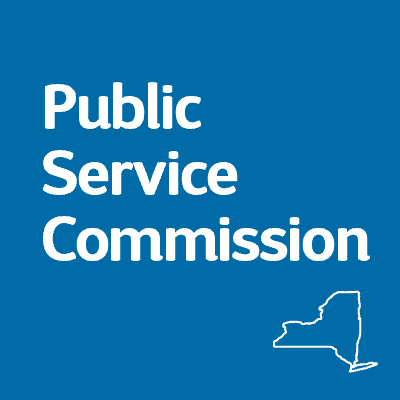 Charter’s lawyer suggests it is in the Commission’s best interest to accept additional delays in the deadlines to file a rehearing appeal of the July eviction order (requesting an extension until Oct. 10, 2018) and to file an orderly exit plan (requesting an extension until Nov. 8, 2018).
Charter’s lawyer suggests it is in the Commission’s best interest to accept additional delays in the deadlines to file a rehearing appeal of the July eviction order (requesting an extension until Oct. 10, 2018) and to file an orderly exit plan (requesting an extension until Nov. 8, 2018).
“A further extension would allow additional time for discussions between Charter and the Department before the initiation by Charter of additional Commission or court proceedings. Additional proceedings before the Commission and/or the courts would have the potential to divert the resources of both Charter and the Department from discussions regarding both orders, and could have the effect of making it more difficult to resolve the issues raised by the orders without litigation,” Helmer wrote.
There is an increasing likelihood the Public Service Commission’s July order effectively throwing Charter Communications out of New York State was actually a hardball, last-ditch negotiating tactic, potentially to extract additional conditions and more rigid compliance with the orders of the Public Service Commission.
Charter officials originally claimed the July eviction order was an example of election year politics by the governor and a striking union. New York Gov. Andrew Cuomo, who has repeatedly slammed Charter/Spectrum for its performance in New York, is running for re-election. The International Brotherhood of Electrical Workers (IBEW) also continues to strike Charter in the New York City area, attracting support from local politicians.
A Commission that is amenable to Charter’s request for a second delay in meeting its deadlines to file paperwork would send a clear signal the PSC is no longer intent on throwing the cable operator out of the state.
The PSC’s July order rescinding the approval of Charter’s acquisition of Time Warner Cable was based ironically, in part, on Charter’s frequent failure to meet the state’s deadlines.


 Subscribe
Subscribe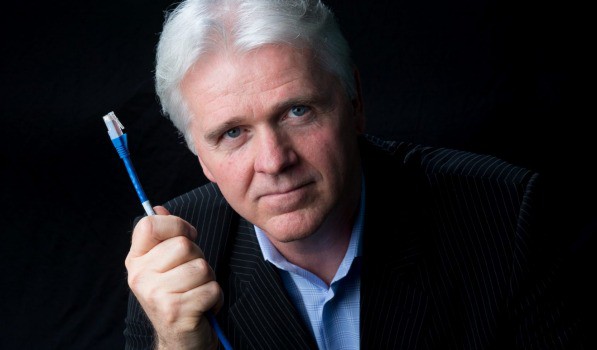
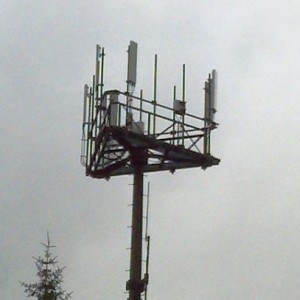 Under the current NBN fair use policy, monthly downloads per household are capped at 400 GB, with maximum usage during peak usage periods limited to 150 GB a month, which is already significantly less than what most average American households consume each month. With expensive and unexpected early upgrades to more than 3,100 cell towers to manage rapidly growing usage, the cost of service is starting to rise substantially, even as usage limits and speed reductions make these networks less useful for consumers.
Under the current NBN fair use policy, monthly downloads per household are capped at 400 GB, with maximum usage during peak usage periods limited to 150 GB a month, which is already significantly less than what most average American households consume each month. With expensive and unexpected early upgrades to more than 3,100 cell towers to manage rapidly growing usage, the cost of service is starting to rise substantially, even as usage limits and speed reductions make these networks less useful for consumers.
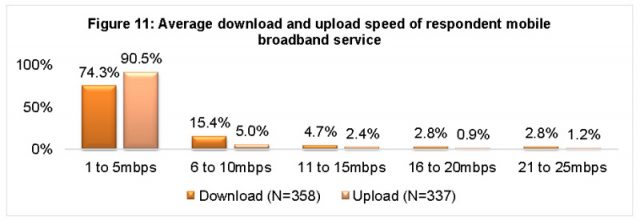

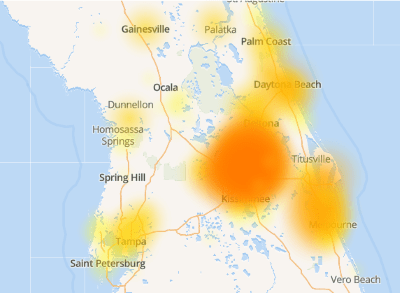
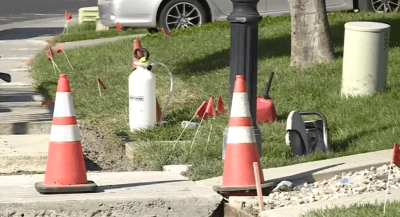
 A Rochester, N.Y.-based broadband company founded by an ex-president of Time Warner Cable and a former top executive at Rochester Telephone is bringing broadband competition to thousands of residents in Connecticut and Pennsylvania through its fiber-to-the-home network.
A Rochester, N.Y.-based broadband company founded by an ex-president of Time Warner Cable and a former top executive at Rochester Telephone is bringing broadband competition to thousands of residents in Connecticut and Pennsylvania through its fiber-to-the-home network.
